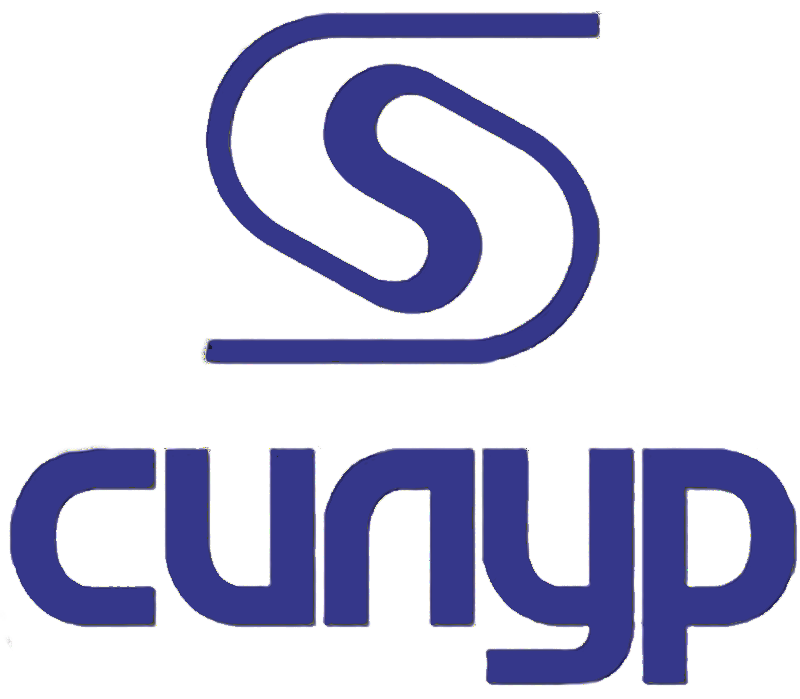Data center uninterruptible power system modernization for Roshen
Categories
Description
Description is not ready yet
Details
Business tasks
Reduce Costs
Enhance Staff Productivity
Ensure Security and Business Continuity
Improve Customer Service
Reduce Production Timelines
Ensure Compliance
Centralize management
Develop Sales Channels
Problems
Aging IT infrastructure
Decentralized IT systems
Non-compliant with IT security requirements
Shortage of inhouse IT engineers
Low employee productivity
IT infrastructure does not meet business tasks
No automated business processes
Inability to forecast execution timelines












